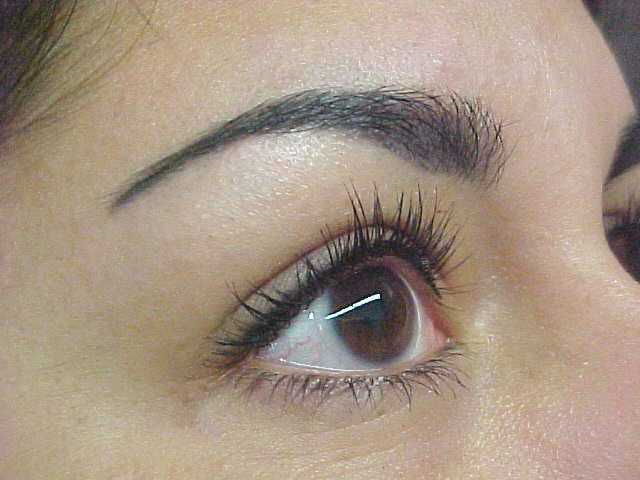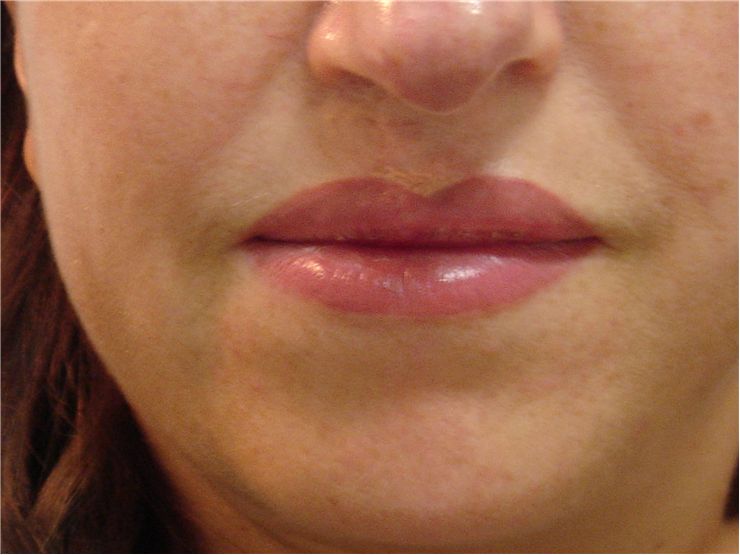History of Permanent Makeup as Tattoo Technique
Permanent makeup is tattoo which is located at lips, eyelids and face made to resemble classical makeup. It is applied for esthetic reasons and to remove need for applying classical makeup or to cover imperfections like scars or white spots on the skin from vitiligo.
Permanent makeup (today also known as micropigmentation, dermapigmentation, and cosmetic tattooing) became popular in the early 20th century but it is possible that it was done before that because tattooing is an old practice. We know that people 5000 years ago tattooed themselves for different reasons (from religious and medical to esthetic). Early 1930s saw rise in popularity of permanent makeup and many beauty salons of that time tattooed women without telling them by selling the treatment as a “complexion treatment” (not telling them it is tattooing) and injecting them with vegetable dyes.
When the treatment is finished it enhances features of the face: eyebrows, eyes and lips. How much it does that it depends on design, type of color used and amount of pigment that is injected in skin. Also, immediately after the tattooing is finished, result may look too dark. This is because color is still in the outermost epidermal layers of skin – near the surface. In time (not too long – a few days) skin will heal, the upper layers of epidermis will be replaced by new epidermal cells, and the color will fade remaining lighter but still present. Depending on a person and how it is treated, this color can last for a long time or began to fade after some time. Color can also fade if it’s exposed to sun too much and if there is more pigment in skin, more time will be needed for it to fade out completely. When permanent makeup is stabilizes, those that are tattooed can be dissatisfied with final effect. The most common errors in applying of permanent makeup are "too dark," "wrong color," "uneven" and "too big". In most cases (like color and evenness) these complaints can be fixed by a professional. Too large makeup might require pigment lightening techniques and/or removal which are costly and painful. This problem can also be fixed with classical makeup.
Permanent makeup can develop complications as standard tattoos. Recipients can develop allergies on pigment used, form scars, granulomas (a form of inflammation) and keloids (a type of overgrown scar). They also risk skin cracking, peeling, blistering and local infection. If tattooing instruments are not sterilized they can be infected with diseases like HIV and hepatitis if the same tools were used on those that have these diseases. If pigments used in tattooing were adulterated with heavy metals or have magnetic properties persons with this type of permanent makeup can experience swelling or burning if exposed to magnetic resonance imaging (MRI) but these cases are rare. If later recipients change their mind they can remove tattoos but this process is hard and painful. Techniques for removal of permanent makeup are laser resurfacing, dermabrasion (physical or chemical removal of skin cells - exfoliation), and surgical removal.

